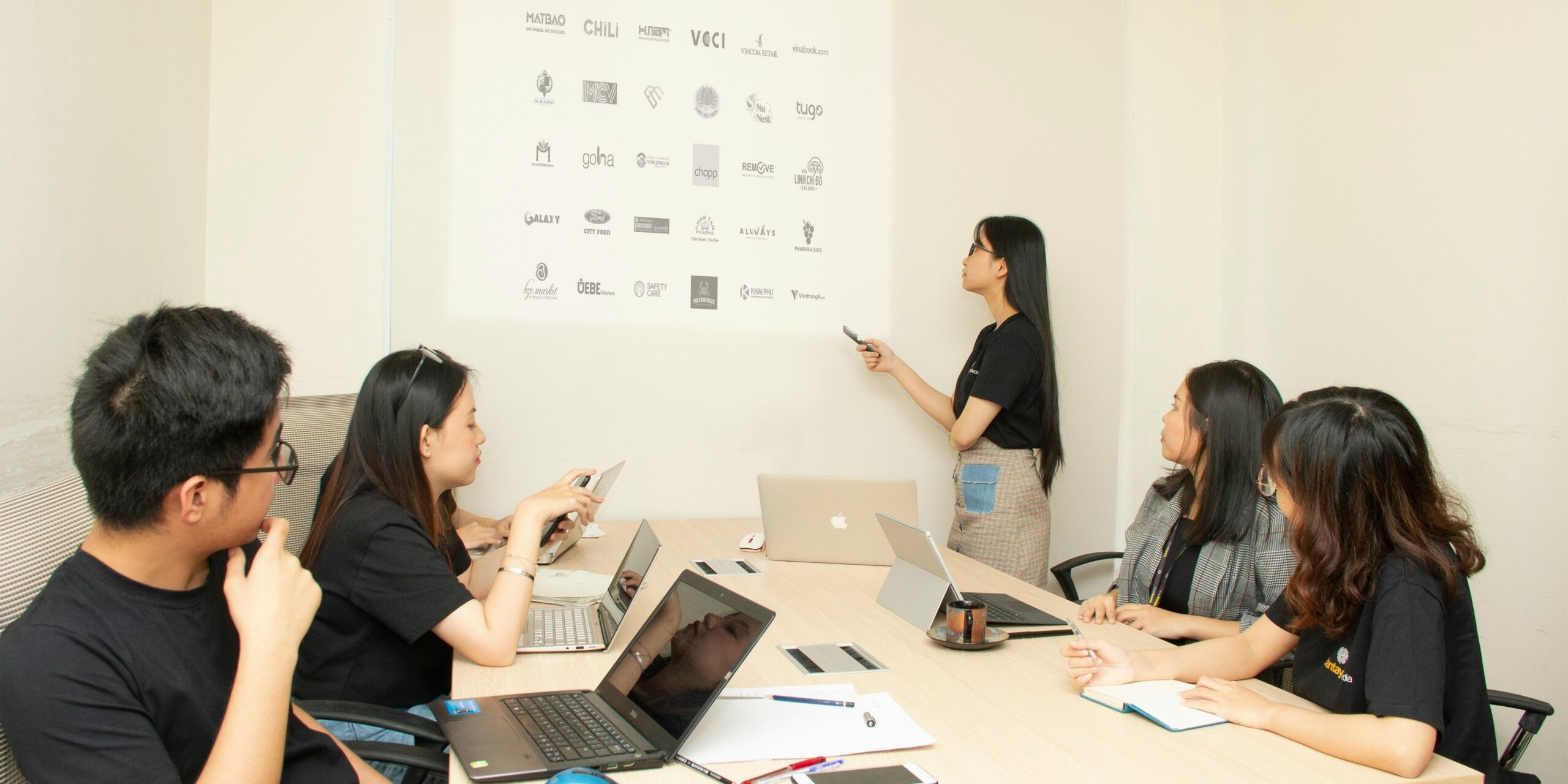Coaching, a critical aspect of Learning and Development (L&D), is a process that aims to improve performance and focuses on the ‘here and now’ rather than on the distant past or future. This article delves deep into the concept, exploring its various facets, methodologies, and its importance in the L&D landscape.
While there are many different models of coaching, here we are not exploring these models or the psychological underpinning of each, as these are vast areas in their own right. Instead, we will focus on the practical aspects of coaching and its impact on personal development and organizational growth.
Understanding Coaching
Coaching is a developmental process designed to help individuals and teams achieve and exceed their personal and professional goals. It is a partnership between the coach and the coachee in a thought-provoking and creative process that inspires them to maximize their potential.
It is important to note that coaching is not merely a tool to correct underperformance, but a methodology for developing top performers and enabling effective succession planning. It is about unlocking a person’s potential to maximize their growth and enabling them to make their own decisions.
Coaching vs Mentoring
While coaching and mentoring are developmental techniques widely used in the field of L&D, they are not the same. Coaching is typically a short-term engagement focused on specific development areas, whereas mentoring is a long-term relationship with a broader focus.
Coaching is performance-driven, designed to improve the professional’s on-the-job performance, while mentoring is development-driven, aimed at developing the individual not just for the current job, but also for the future.
Coaching vs Training
Another common confusion is between coaching and training. While both aim to develop employees and improve their performance, the approach and the outcome are different. Training is a structured program designed to provide individuals with the knowledge and skills to perform a task, while coaching is a personalized, usually one-on-one, session to enhance an individual’s skills, knowledge, or work performance.
Training is often a one-size-fits-all approach, while coaching is tailored to the individual or team. The coach works closely with the coachee to identify their strengths and weaknesses, develop their skills, and help them to apply what they have learned in their daily work.
Types of Coaching
There are several types of coaching, each tailored to specific situations and needs. The most common types include executive coaching, business coaching, career coaching, leadership coaching, and life coaching.
Each type of coaching has its unique approach and methodology, but they all share the common goal of helping individuals or teams achieve their full potential.
Executive Coaching
Executive coaching is a one-on-one engagement between a professional coach and a top executive with the goal of enhancing the executive’s leadership or management performance. The coach works with the executive to explore their leadership style, identify areas for improvement, and develop an action plan.
Executive coaching is often used in conjunction with other organizational development tools, such as 360-degree feedback or leadership development programs, to ensure the executive’s growth is aligned with the organization’s strategic goals.
Business Coaching
Business coaching, on the other hand, is a process used to take a business from where it is now to where the business owner wants it to be. A business coach will assist and guide the business owner in growing their business by helping them clarify the vision of their business and how it fits in with their personal goals.
Business coaching is a process used to take a business from where it is now to where the business owner wants it to be. A business coach will assist and guide the business owner in growing their business by helping them clarify the vision of their business and how it fits in with their personal goals.
Coaching Process
The coaching process is a structured journey that begins with assessing the individual’s or team’s current performance, identifying areas for improvement, setting specific goals, developing an action plan, implementing the plan, and monitoring progress.
While the specific process may vary depending on the coach and the individual or team’s needs, most coaching engagements follow a similar process.
Assessment
The first step in the coaching process is assessment. This involves understanding the individual’s or team’s current performance, strengths, weaknesses, and areas for improvement. This can be done through various methods, including interviews, observation, and assessment tools.
The coach and the coachee will also discuss and agree on the goals of the coaching engagement during this stage. These goals should be SMART – Specific, Measurable, Achievable, Relevant, and Time-bound.
Development Plan
Once the assessment is complete, the coach and the coachee will develop an action plan to achieve the agreed goals. This plan will outline the steps the coachee will take, the resources they will need, and the timeline for achieving the goals.
The development plan is a critical part of the coaching process, as it provides a roadmap for the coachee and helps them stay focused and motivated.
Implementation and Monitoring
Once the development plan is in place, the coachee will start implementing the actions outlined in the plan. The coach will provide support and guidance throughout this process, helping the coachee overcome any obstacles and stay on track.
The coach will also monitor the coachee’s progress towards the goals, providing feedback and adjusting the plan as necessary. This ensures that the coaching engagement is dynamic and responsive to the coachee’s needs and progress.
Benefits of Coaching
Coaching offers numerous benefits at both the individual and organizational level. For individuals, coaching can help enhance their skills, improve their performance, increase their confidence, and achieve their career goals.
For organizations, coaching can help develop high-potential employees, improve team performance, enhance leadership skills, and drive organizational change. It can also help create a culture of continuous learning and development, which is critical in today’s fast-paced business environment.
Benefits for Individuals
For individuals, coaching provides a safe and supportive environment to explore their strengths and weaknesses, set personal and professional goals, and develop strategies to achieve these goals. It can help individuals improve their skills, increase their confidence, and enhance their performance.
Coaching can also help individuals navigate career transitions, overcome obstacles, and achieve their career aspirations. It can provide them with the tools and strategies they need to succeed in their current role and prepare for future roles.
Benefits for Organizations
For organizations, coaching can help develop high-potential employees, improve team performance, and drive organizational change. By investing in coaching, organizations can ensure they have a pipeline of skilled leaders ready to take on future challenges.
Coaching can also help organizations create a culture of continuous learning and development. This not only helps attract and retain top talent, but also ensures the organization is agile and able to adapt to changing market conditions.
Conclusion
Coaching is a powerful tool for personal and professional development. Whether you are an individual looking to enhance your skills and achieve your career goals, or an organization looking to develop your employees and drive growth, coaching can provide the support and guidance you need.
By understanding the different types of coaching, the coaching process, and the benefits it can offer, you can make an informed decision about whether coaching is right for you or your organization.



